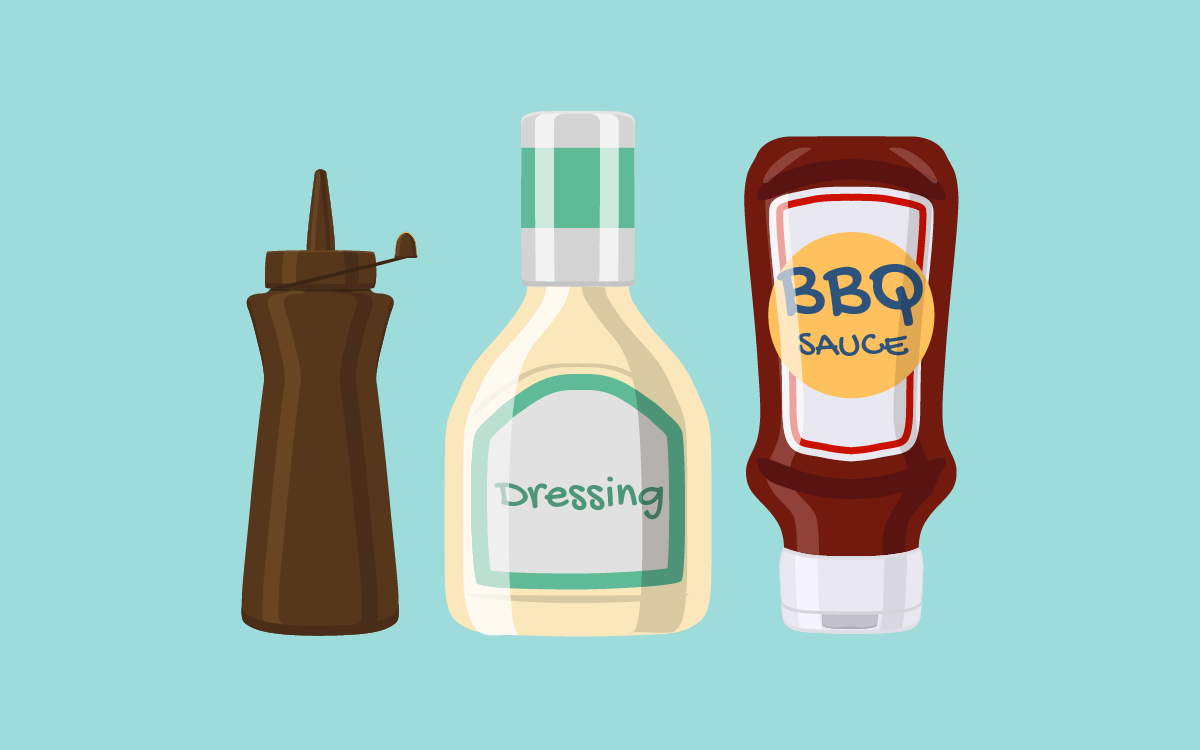new to the gluten free journey?
new to the gluten free journey?

Contents
ToggleIf you’re one to read nutrition labels on food, you have likely come across the ingredient Xanthan Gum.
It has become more and more popular as an additive in processed gluten free foods. But what exactly is it? Here’s what we’re going to dig into:Stay up-to-date with the latest articles, tips, recipes and more.

*These statements have not been evaluated by the Food and Drug Administration. This product is not intended to diagnose, treat, cure or prevent any disease.
If you are pregnant, nursing, taking medication, or have a medical condition, consult your physician before using this product.
The entire contents of this website are based upon the opinions of Peter Osborne, unless otherwise noted. Individual articles are based upon the opinions of the respective author, who retains copyright as marked. The information on this website is not intended to replace a one-on-one relationship with a qualified health care professional and is not intended as medical advice. It is intended as a sharing of knowledge and information from the research and experience of Peter Osborne and his community. Peter Osborne encourages you to make your own health care decisions based upon your research and in partnership with a qualified health care professional.
One Response
Hi , thank you for the article it is very informative. I’m gluten free after a surgery I had . So been doing good except for the breads, waffles and cookies. They all have the gums in them and I have the gluten belly Everytime I eat them. Can ot bake for myself any more because I can’t stand or even sit for long have bladder cancer which doesn’t help. So really trying to find gluten free foods without the gums and it seems impossible to find them. I’m really sick of crying from it every day I mean real tears for hours on end.. Please help me if you can. Thank you